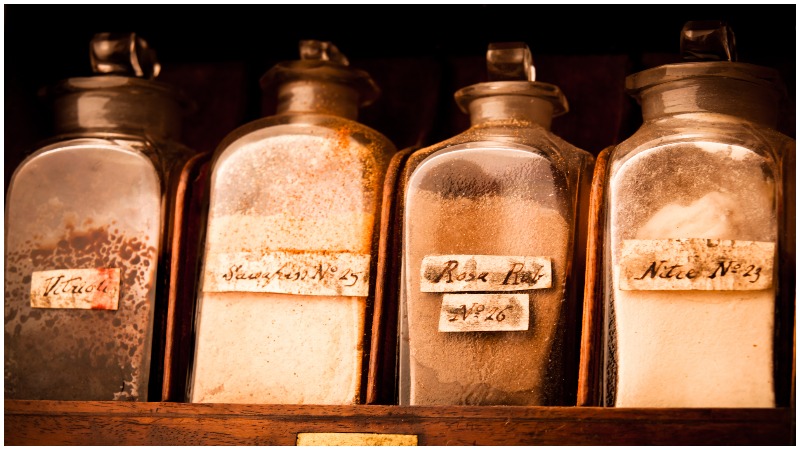Chemical elements have been discovered by man since prehistory and as recently as the last 20 years. Their names reflect a variety of influences based on a mix of language, culture, and our understanding of chemistry, according to the BBC.
Gold, iron, copper, and silver names all come from Anglo-Saxon roots, but were known to man long before those names came into use. Most of these can be found in nature in their pure states, but even iron, which usually requires smelting to extract it from ore, was used in artifacts dating from 3500 B.C.
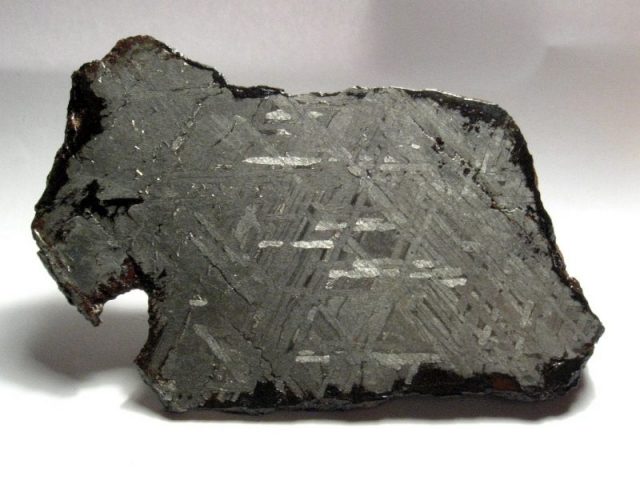
Their atomic symbols, Au (gold) and Fe (iron), come from the Latin names for these elements, aurum and ferrum. The Romans were the first to begin using names for the elements ending with -um, a practice which still continues.
Since 1947, the International Union of Pure and Applied Chemistry (IUPAC) has had the responsibility for approving elements’ names, and determining one internationally recognized atomic symbol for each.
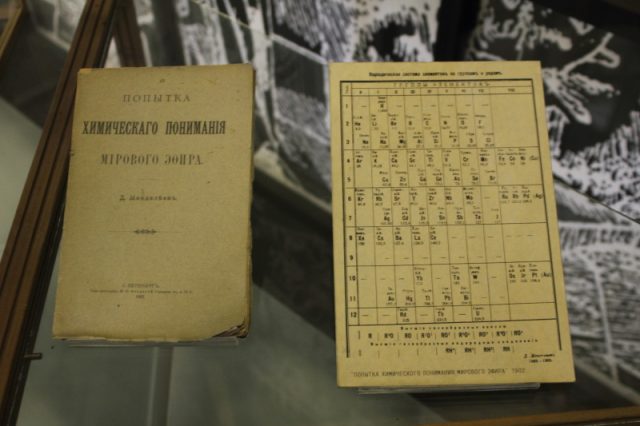
Prior to IUPAC taking on this role, there was occasional confusion or disagreement about what an element should be called, due to either uncertainty about a discovery, or simultaneous discoveries.
For example, niobium was called columbium in the U.S., until IUPAC settled the issue in 1949. IUPAC’s process begins with the discoverer being invited to propose a name and symbol for the element, with a recommendation that it end in -ium for the sake of linguistic consistency.
The proposed name gets checked to make sure it has never been associated with any other element, in any capacity. After examination and acceptance by the division, the name goes to the IUPAC Council for final approval, before it’s published in IUPAC’s journal.
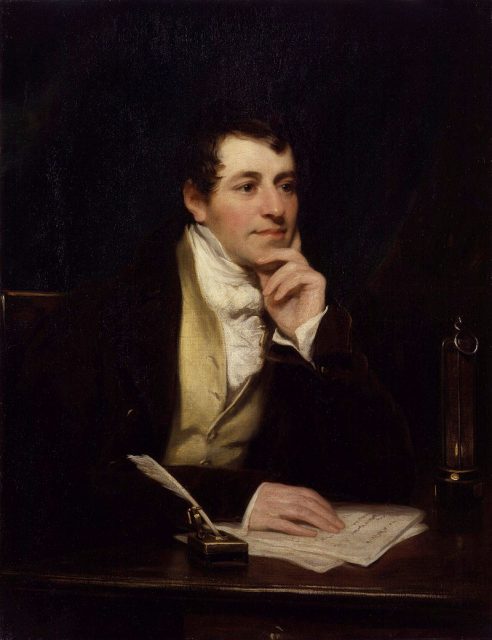
Over a quarter of all element names are derived from a place, usually where they were discovered or were first synthesized. About a dozen element names come from myth and legend such as cobalt, titanium, and promethium.
No discoverer has ever named an element after himself, but several have been named in honor of famous scientists, like fermium, curium, and einsteinium. Nine elements are named for the brightest color they emit, using spectroscopy, such as indium and rubidium. Others are identified based on smell.
Aluminum was named by the English chemist, Sir Humphry Davy, and is derived from the mineral alum, according to World Wide Words. Sir Humphry was a little indecisive, though. First, he used the name alumium, in 1807. Then he shifted the name to aluminum, and finally, in 1812, settled on aluminium.
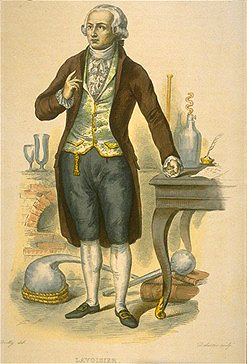
The last version was the most popular with his colleagues, for its classical ring, and because of its linguistic consistency with other elements such as potassium, sodium, and magnesium, all of which Davy had also named. Aluminum stayed in use for a little while in Britain, but aluminium quickly became the preferred name.
In the U.S., it was a little more complex. Noah Webster’s 1828 dictionary only listed aluminum, although aluminium was still the more common spelling among U.S. chemists throughout the 19th century.

Aluminium was the preferred version in the Century Dictionary in 1889 and the only spelling given in Webster’s Unabridged Dictionary in 1913. In the first decade of the 1900s, the version ending -um started to become more popular in the States, and by the decade following, -ium was very uncommon to see.
The name was officially standardized internationally as aluminium, but in the United States, aluminum persists.
Over the last 75 years, new elements have been discovered in laboratory settings by what amounts to spit-balling – hurling atomic nuclei at each other with great force, to see what sticks. This has been gradually adding to the sequence of super-heavy elements.
According to the Oxford Dictionary’s blog, this is problematic, because most of them decay into other very rare elements, and the starting material becomes increasingly hard to produce. As a result, the International Union of Practical and Applied Chemistry has been assigning these elements temporary names, but in truth, most chemists just refer to them by their numbers.
Read another story from us: Ancient Incas could Pay Taxes with a Bucket of Head Lice
There have been attempts to generate traction for giving these super-heavy elements more trendy names, such as octarine or severium, both of which are references to fantasy novels, but those attempts haven’t been particularly successful.
